Making Sourdough Bread In Hotter or Colder Temperatures: How To Adjust Your Recipe
This post may contain affiliate links.
Making Sourdough bread in hotter or colder temperatures requires some adjustment to the recipe you're using.
If you are trying to build a sourdough starter or ferment sourdough bread, you will have noticed that temperature plays a huge part.
Too cold and fermentation just doesn't happen fast enough. Too hot and you can end up with a soupy mess very quickly.
This blog aims to help you to bake successful sourdough when the weather starts to get cooler or warmer (depending on where in the world you live).
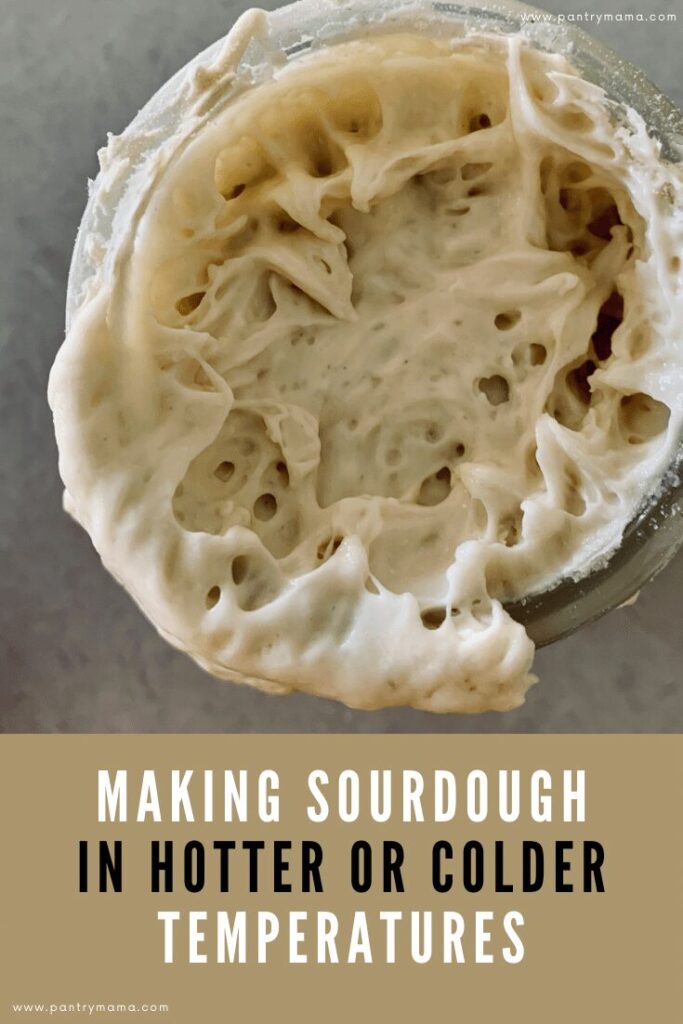
Best Temperature for Making Sourdough Bread
Sourdough fermentation thrives at temperatures between 24C - 28C (75F-82F).
Fermentation still happens outside of these ideal temperatures, just at different rates.
Navigating the ambient temperature in your home will ensure that you are able to bake successful sourdough bread no matter what the weather in your part of the world throws at you.
Weather conditions like higher humidity, lower or higher barometric pressure and increases or decreases in ambient temperatures all play a part in how your sourdough starter will behave.
Navigating Temperature When Making A Sourdough Starter
While temperature can affect your dough, it will also affect your sourdough starter.
Establishing a sourdough starter can be difficult if the ambient temperature in your home is outside of the ideal range, however it is certainly not impossible.
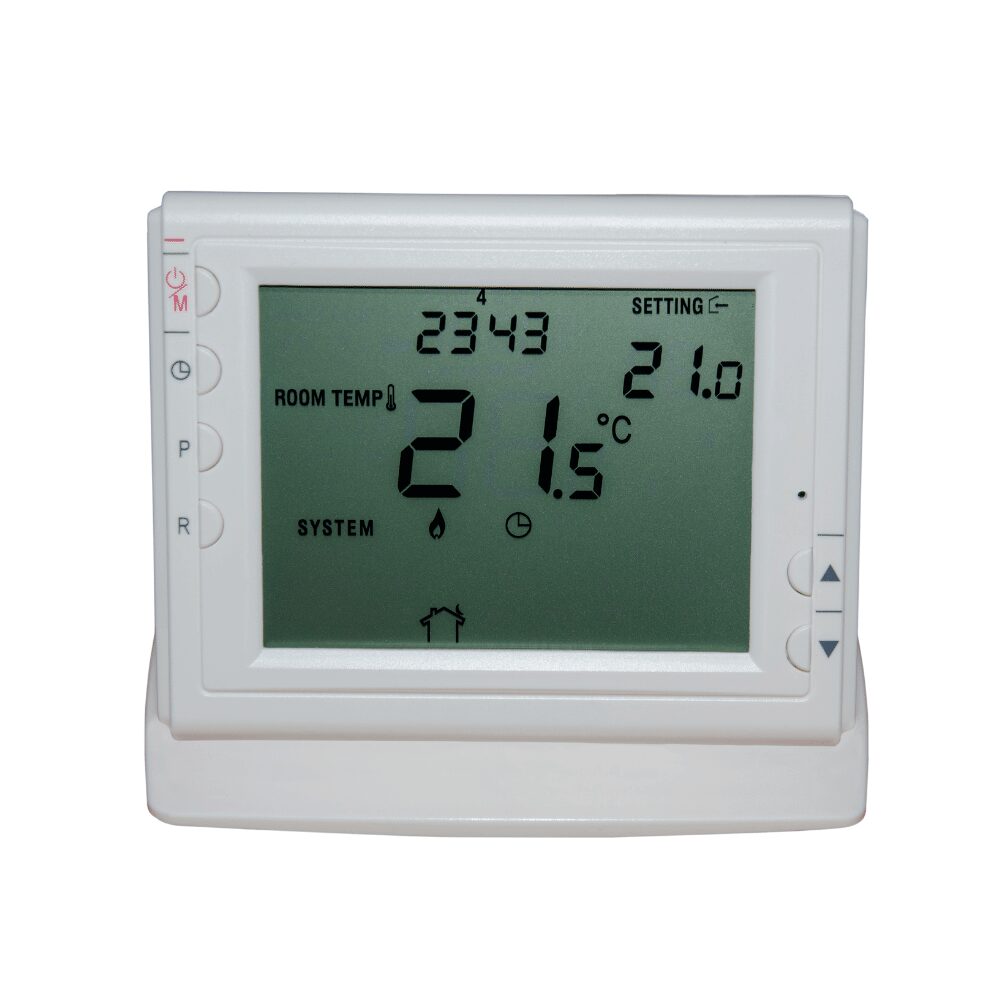
How To Keep Your Sourdough Starter Warm
If it's cold where you live, you might find it hard to get your sourdough starter going. The thing is that it will actually happen eventually, it will just take a bit longer. These tips might also be useful if you live in a home with consistently cold air conditioning.
If you're finding that your sourdough starter is struggling to get going in the cold weather, here are some things that you can do to keep your sourdough starter warm:
- Keep your sourdough starter somewhere that is draft free and warmer than your home - places like on top of the fridge, next to the kettle or in the microwave. I've even been known to immerse my tightly closed jar into a bowl or sink of warm water to warm the starter up.
- You could use a seedling heat pad - just be careful that it doesn't get too hot. A digital temperature controller is a good option if you are using a seedling heat pad. This one will wrap around your sourdough starter jar which is really cool!
- Wrap your starter up in a tea cosy or sock to keep it warm.
- Use luke warm water when you feed your sourdough starter rather than cold water. This will help the yeast and bacteria to get going. Make sure it's only warm and not hot though or you will kill all those precious yeastie beasties!
- An electric fermenter or yoghurt maker can be really handy for keeping your sourdough starter at a constant temperature. I have used this one with success.
If you want even more ideas, you'll love this guide to keeping your sourdough starter warm.
Making a Sourdough Starter When It's Hot
If it's hot where you live, you might have noticed that your sourdough starter is very active from day 1 and that it chews through it's food quite quickly.
Here are some things that you can do to ensure that your sourdough starter develops at a more steady rate:
- Try to keep your sourdough starter in the coolest part of your home. Hot air rises so try to keep it at a lower level. Cool tiled floors can be useful for this (as long as you don't have children or pets that can get into it).
- Feed your starter at a higher ratio to keep it happier - so instead of 1:1:1 you could try 1:2:2. If you find that your starter is foamy or too runny try feeding it 1:2:1 (remember it's starter:flour:water).
- Use icy cold water from the fridge when you feed your starter to slow it down.
- Once your starter is established and mature you can store it in the fridge between bakes if you want to. This will reduce the amount you need to feed it because it puts your starter to sleep. You cannot store your starter in the fridge while you're still building it.
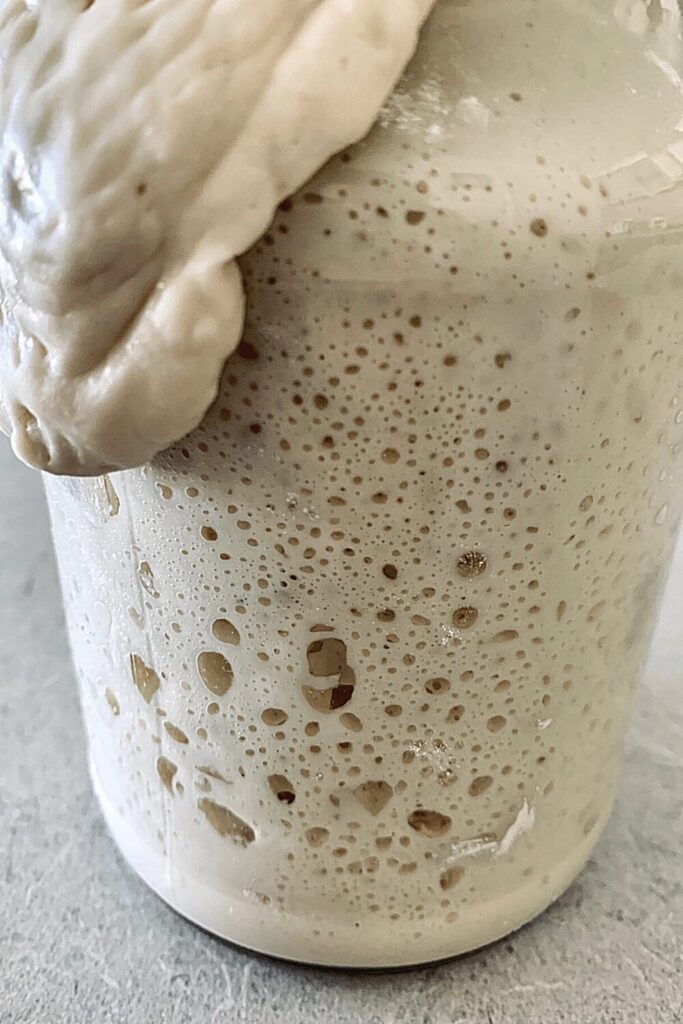
Navigating Temperature When Baking Sourdough Bread
Here are some tips and tricks for adjusting your sourdough bread recipe whether you live in a very hot or very cold climate.
Baking sourdough bread in hotter or colder temperatures is totally possible with these helpful tips under your belt.
Baking Sourdough Bread In Warmer Temperatures
Baking sourdough bread when it's warm can be a little tricky. While warmer temperatures do assist with fermentation, if you are wanting to leave your dough to ferment overnight, a warmer ambient temperature can be tricky.
These are some of the things that can help you to ferment your dough for longer in hotter weather.
- Use much less starter in your dough mix. If you want to ferment your dough overnight in warmer weather, decrease your starter amount to 20-30g. This will mean that the dough will ferment more slowly. You can read about how this works here.
- Use icy cold water when mixing your dough to ensure that fermentation does not happen too quickly.
- Place your dough at a lower level and on a tiled or marble surface (even a marble pastry board works). I've been known to ferment bowls of dough on the laundry floor where it's cool overnight. Just make sure you cover the dough with plastic wrap to stop any bugs or pests getting in!
Do not try to bulk ferment your dough in the fridge when it's hot - you cannot bulk ferment below 4 degrees celsius! You can read about why the fridge doesn't work for bulk fermentation here.
If it's really too hot to bake sourdough, consider making this slow cooker sourdough discard bread or one of these no oven sourdough bread recipes.
Baking Sourdough Bread in Colder Temperatures
When it's cold, sometimes overnight is still not long enough for your dough to ferment. In these situations, you want to help your dough along a little bit with these tips:
- Double the amount of starter - the more starter you use the more quickly your dough will ferment. You can read about how this works here.
- Use warm water when you mix up your dough.
- Consider using a proofing box to bulk ferment your dough. It will ensure your dough stays at the right temperature for the entire bulk ferment and allow you to create a warmer environment than your home. This proofing box is incredibly efficient and folds flat when not in use.
Making sourdough bread in hotter or colder temperatures can be a bit challenging. But with the above knowledge you should be able to navigate the up and downs and bake some delicious sourdough bread.
Further Reading
You will find the following links helpful if you'd like to learn more about this topic:
- Learn about how the amount of starter in your recipe can be determined by temperature.
- Here are 5 ways to boost a slugglish sourdough starter - perfect if you're trying to establish a starter in colder weather.
- Learn about how temperature can be used to make your sourdough bread more sour.


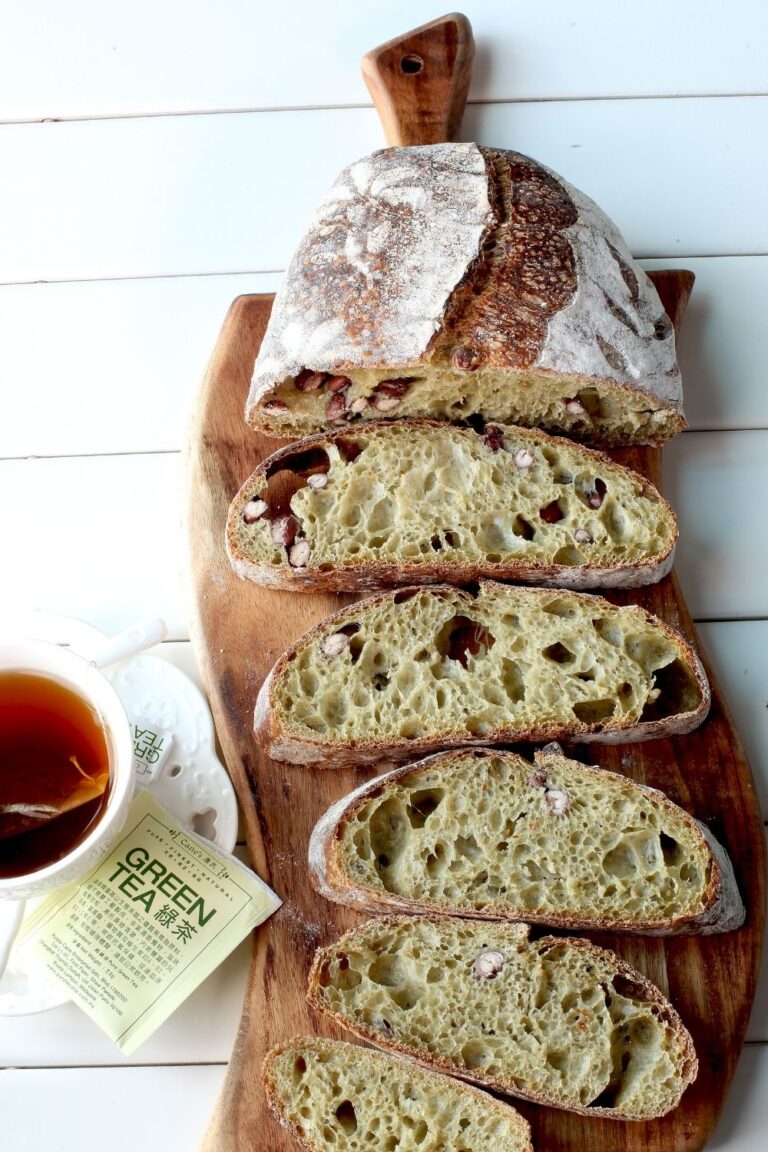
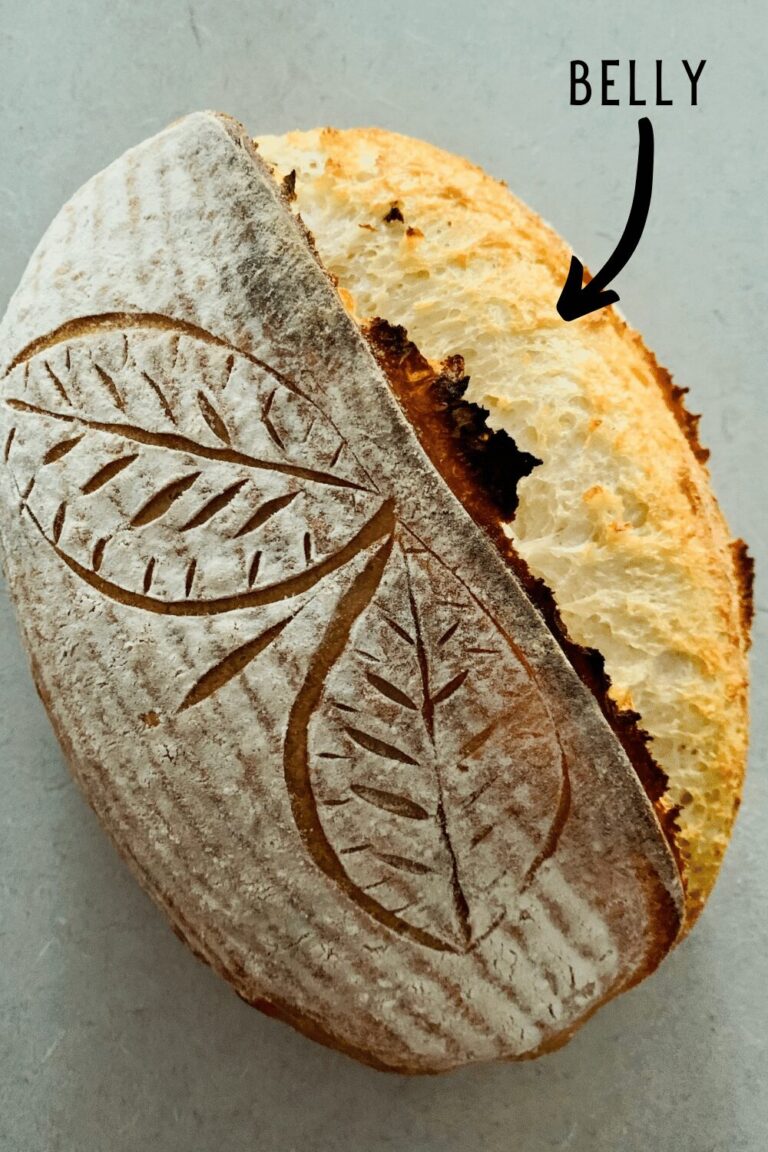
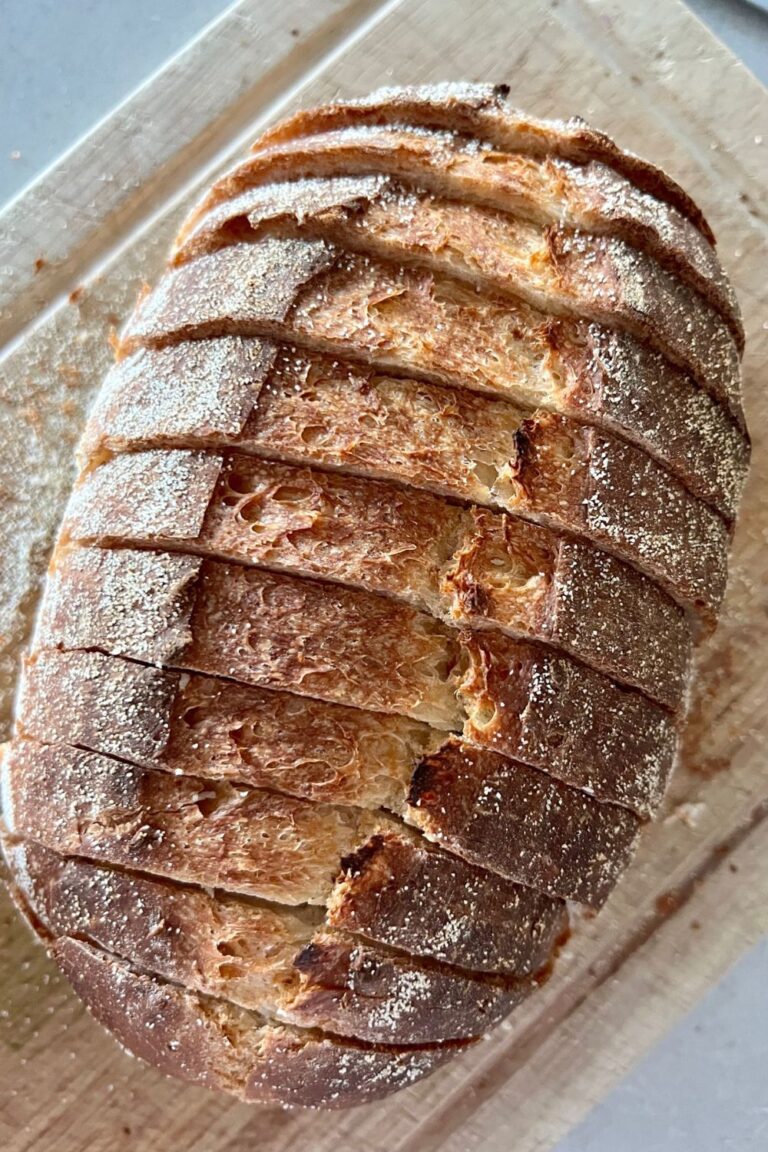
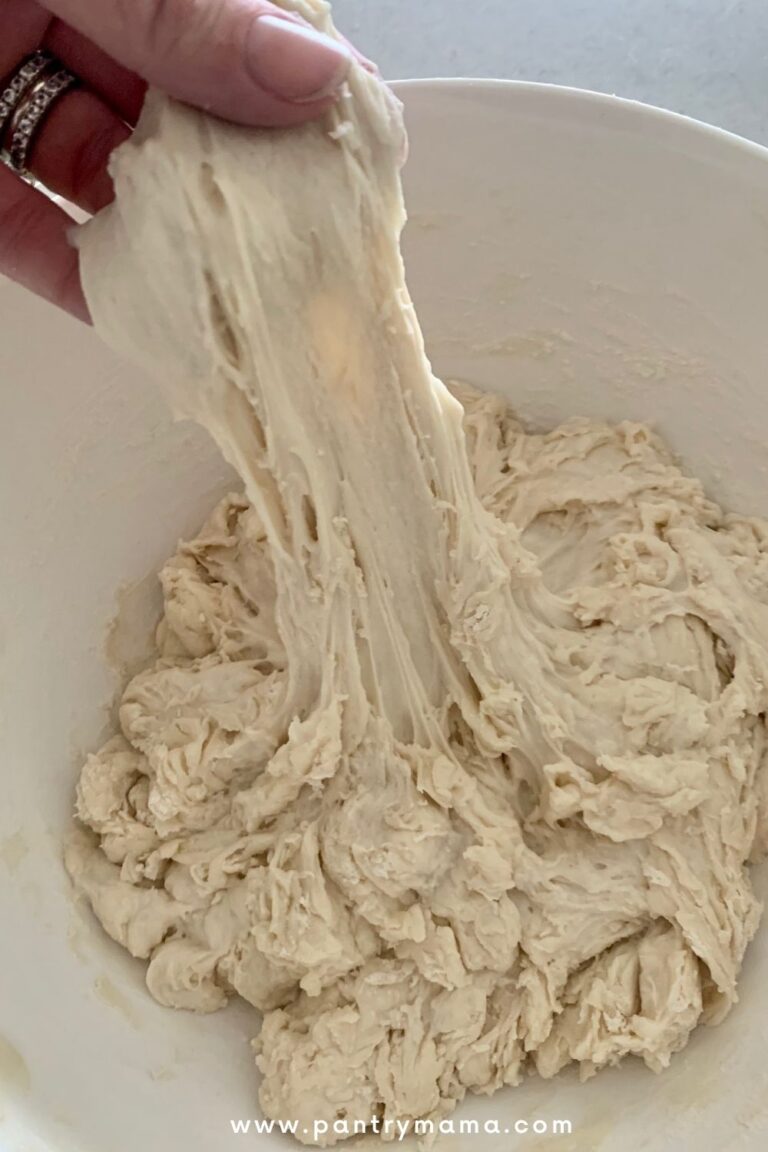

Dear Pantry Mama,
I have looked everywhere for the baking times and temperatures for your sourdough recipe. I purchased your download and appreciate the great pictures and directions. But where are the temps and times?
Thank you Mary West
What size glass mixing bowl is optimal? Can I bulk ferment in it after mixing the goo?
What temperature range is considered “room temperature” for sourdough?
Hello Kate, may I know on what ambient temperature do you make your sourdough bread recipes?